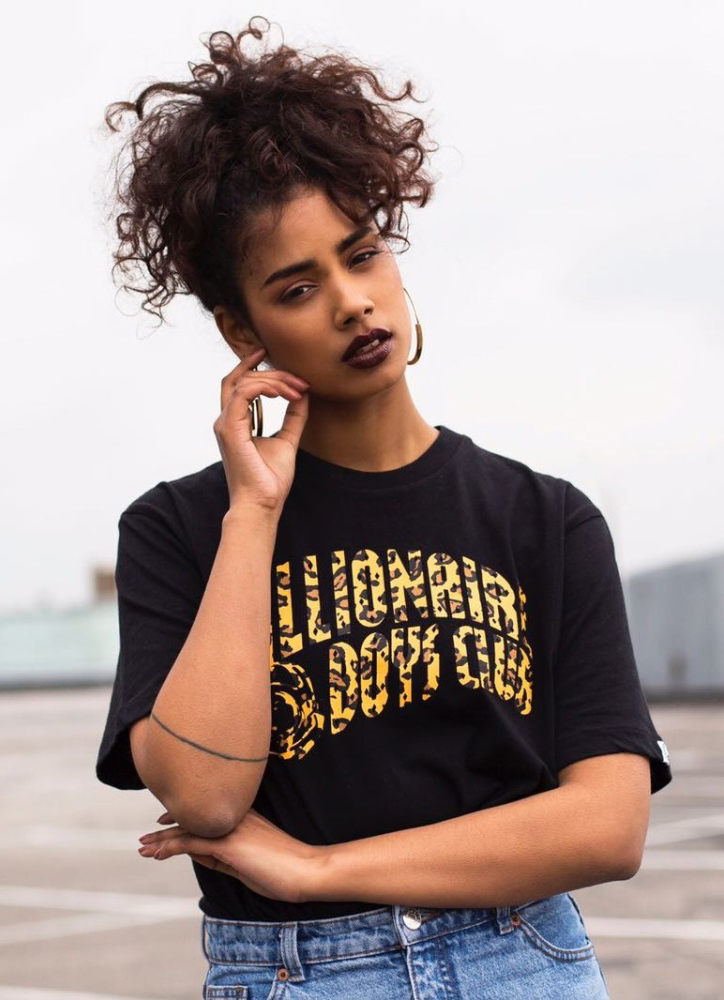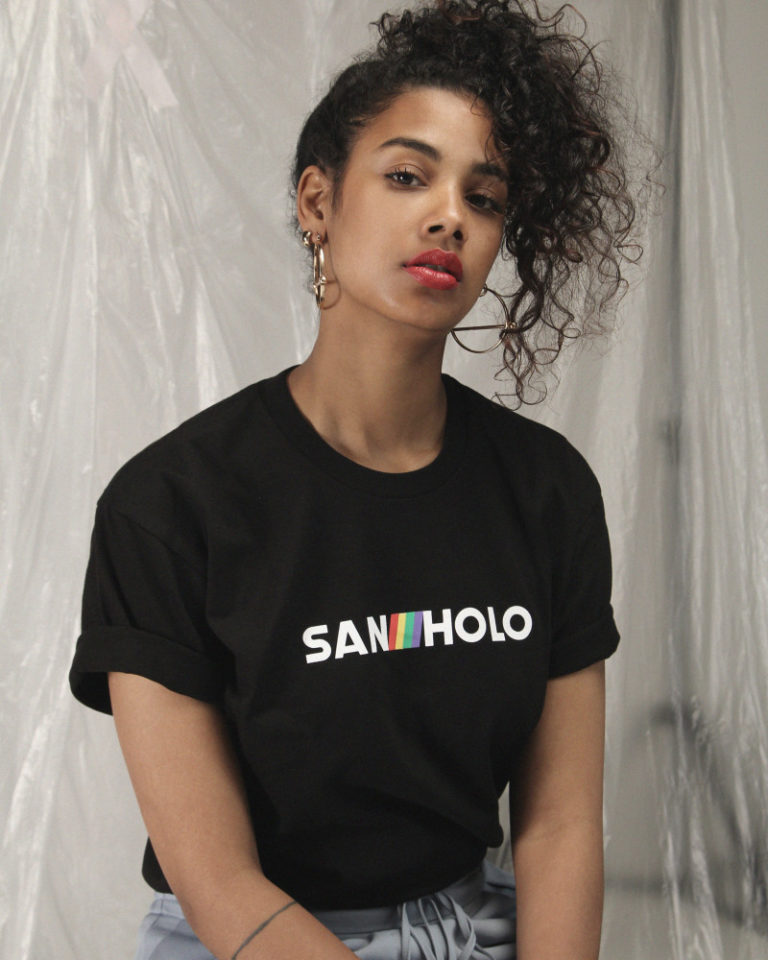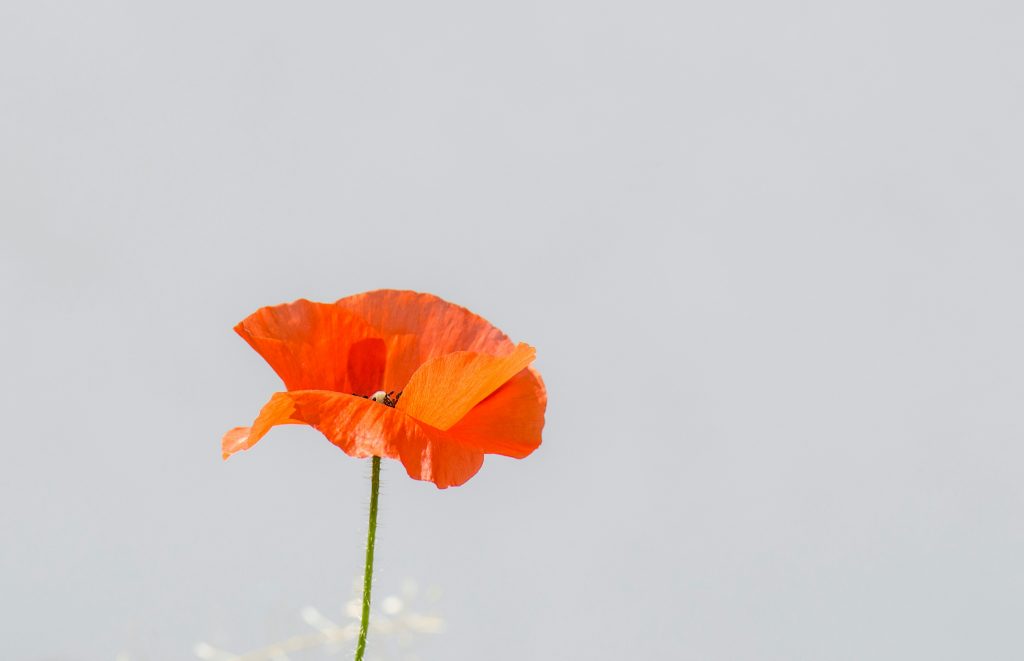Every few weeks we interview an inspiring entrepreneur or artist chosen from our online network, Profiles. This week: Devon Suriya.
One day she’s side by side with Dua Lipa on a huge stage, the next she’s watching her students develop in her dancing classes, being a model or in an office inventing a communication strategy. It’s hard to define who Devon Suriya really is: “I want to have the option to choose what makes me happy.”
Are you doing any fun projects at the moment?
At the moment, I’m choreographing and art directing a music video for Evelyn Dupay and I’m doing movement direction for influencer and artist Selma Omari. It’s a whole new experience to be involved in a music video from this perspective. Before that, I flew back from Kiev where is was doing a dance commercial for Amazon Music. So I’m on a roll again after corona.
Yeah, how was the corona period for you?
I think the same as everyone else’s: it’s had its ups and downs. I had a hard time dealing with not knowing when it was going to end. I was in London for a bog long term project that was cancelled when the virus broke out. I just gave up my apartment and was mentally prepared to dance in this project for two years. So I had to move back to my parents temporarily and go in lockdown. For a while I felt bad. Eventually, I have to admit, I enjoyed the quiet time. The break in itself wasn’t that bad.

Next to being a dancer and a dance teacher, you are also a communication strategist and a model. In what role do you feel most like yourself?
That’s a hard question for me. There’s a piece of me in all these things. Dancing was a childhood dream. I started that very early and I never stopped. It’s a passion.
I studied communication and I find it very interesting. Especially solving brand problems and approaching it from a strategic perspective. I’m still really learning a lot in that field. If I won’t be able to dance that’s probably the work I will continue to do. I got into modelling sort of by accident and I really like it, but I won’t be doing it forever. I don’t consider it a career. Modelling does pay the bills better than dance, so that does give me the freedom to choose the dance projects I really like to do.
Where does your love for dance come from?
My parents are ballroom dancers, so they were dancing latin, ballroom and salsa, those kind of styles. They even still danced competitions when my mother was seven months pregnant with me. They were very active and pretty successful and so they started a dancing school in the village I grew up in. As a toddler I was already running around the dancing school. So the love for dance just came naturally. I remember, like for most girls, it started with ballet. I liked it so much that I started taking more and more classes in different styles. Until I was taking classes all week.
I didn’t like my parent’s dancing style by the way. It required dancing with a boy and I didn’t want to have anything to do with them, haha.

A lot of my friends are dance teachers or choreographers. When I haven’t been dancing a certain style for a while, I can really long for a certain class. Or for instance during Dua Lipa’s shows, I had to dance in high heels for months and I was really looking forward to a modern dance class or raw hiphop. There also were times that I danced so much I thought: Not. Right. Now. Sometimes your body is tired and you have to succumb to that.”
You could say working with a super star like Dua Lipa means you’ve made it as a dancer. Does it feel that way?
Dancing with a super star like that is the cream of the crop. You get to dance in front of ten thousands of people. But you have to realise that even the best dancers don’t always end up with the best jobs. Sometimes it has to do with your agency and connections or they’re type casting. Often times they’re looking for a specific commercial image. In the Netherlands there are many dancers that would kick my ass, but for one reason or another they might not fit the image.
With Dua Lipa it doesn’t feel like you’re with a super star, but of course sometimes it does. But she’s just a regular person working really hard. I think I’ve never met anyone that works as hard as she does. And when you’re still that connected to your dancers and the team, then that’s a golden virtue.

Explain to us. How did you get to work with such a big, international star?
Dancing was on the back burner for a while, but when I gave up my job I went to an audition with a friend. There were people there from this agency in London: AMCK. Two weeks after the audition I got an e-mail saying they wanted me. So I went to London and got booked as a dancer for the MTV European Music Awards (EMAs). Numerous artists perform there and at that moment I had no idea who I was booked for. It turned out I was booked for Dua Lipa, Akon and Becky G. After that Dua Lipa had a show in Japan. Apparently she was so pleased with the formation during the EMAs that she wanted to take all dancers with her to the next shows. I kind of fell into it!
How was it to be back at ‘just’ teaching again after a big project like that?
Lately teaching really doesn’t fit my schedule at all, but I can’t and I won’t tell it goodbye. For me dance school New Dance Factory is like coming home. It grounds me. Wonderful to see my students again, who are super excited for me. They are my biggest fans, haha. It’s great to be teaching. Especially seeing everyone develop. Some students are around twenty years old now, but I’ve been teaching them since they were ten!
What does success mean to you?
Success can mean something different to everyone. Success can mean being in a great relationship, accomplishing your career goals or eating healthy for a week. To me success is having the option to choose. Being able to choose what makes you happy. I can say I’m successful at dance right now, but to me success means being able to choose doing something completely different.
Website: AMCK dancers
Instagram: devonsuriya


